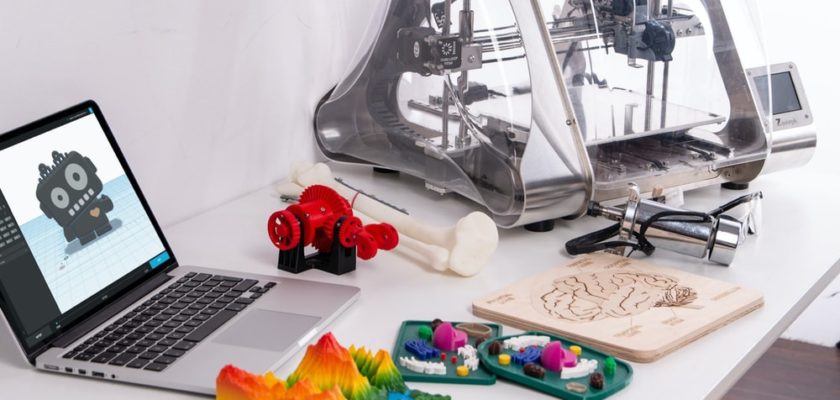Whether you're interested in 3d printing as a hobby, for school or work, having the equipment ensures that you can print objects of high quality. Plus, having the best home 3d printer means you have one at the convenience and comfort of your home, and it also saves you the cost of having to use commercial printers.
We reviewed the best 3d printers and outlined features to consider when buying them.
Contents
What Is A Home 3D Printer?
A 3d home printer is designed for personal or small-scale use to facilitate the 3d printing process. The 3d printer turns digital files containing three-dimensional data—whether created on a computer-aided design (CAD) or computer-aided manufacturing (CAM) program, or from a 3D scanner—into physical objects.
Rank | Product Image | Product Name | Buy on Amazon |
|---|---|---|---|
1 |

